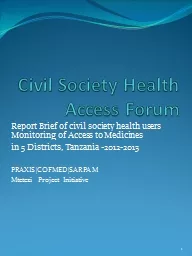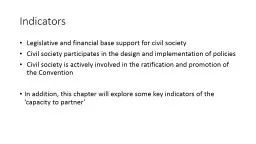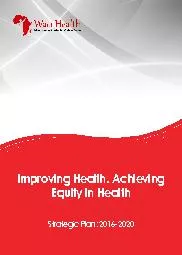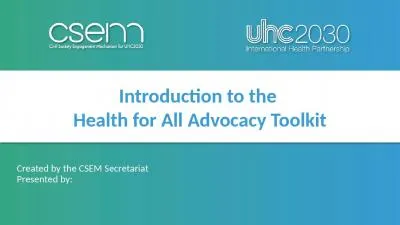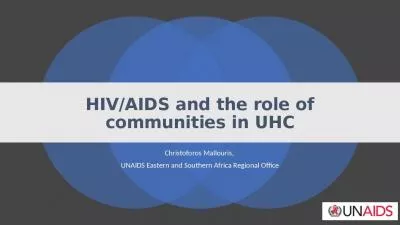PPT-Civil Society Health Access Forum
Author : olivia-moreira | Published Date : 2019-02-02
Report Brief of civil society health users Monitoring of Access to Medicines in 5 Districts Tanzania 20122013 PRAXISCOFMEDSARPAM Mtetezi Project Initiative 1 Methodology
Presentation Embed Code
Download Presentation
Download Presentation The PPT/PDF document "Civil Society Health Access Forum" is the property of its rightful owner. Permission is granted to download and print the materials on this website for personal, non-commercial use only, and to display it on your personal computer provided you do not modify the materials and that you retain all copyright notices contained in the materials. By downloading content from our website, you accept the terms of this agreement.
Civil Society Health Access Forum: Transcript
Download Rules Of Document
"Civil Society Health Access Forum"The content belongs to its owner. You may download and print it for personal use, without modification, and keep all copyright notices. By downloading, you agree to these terms.
Related Documents

